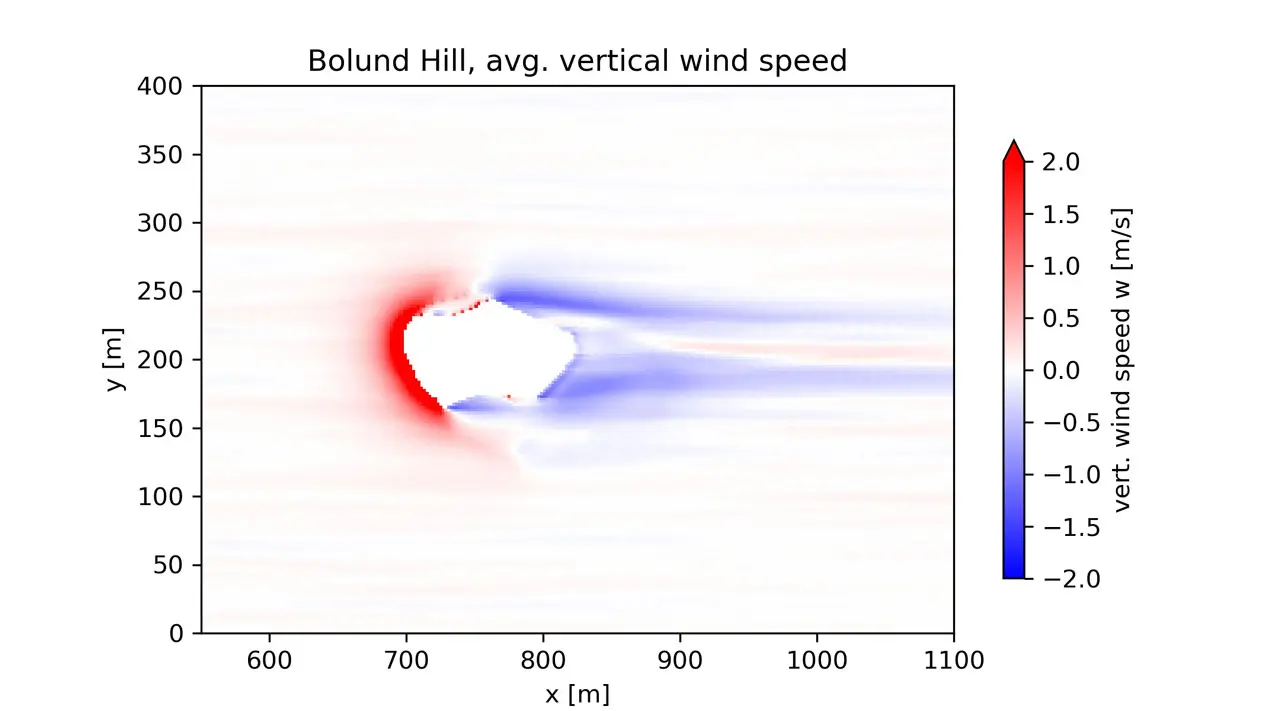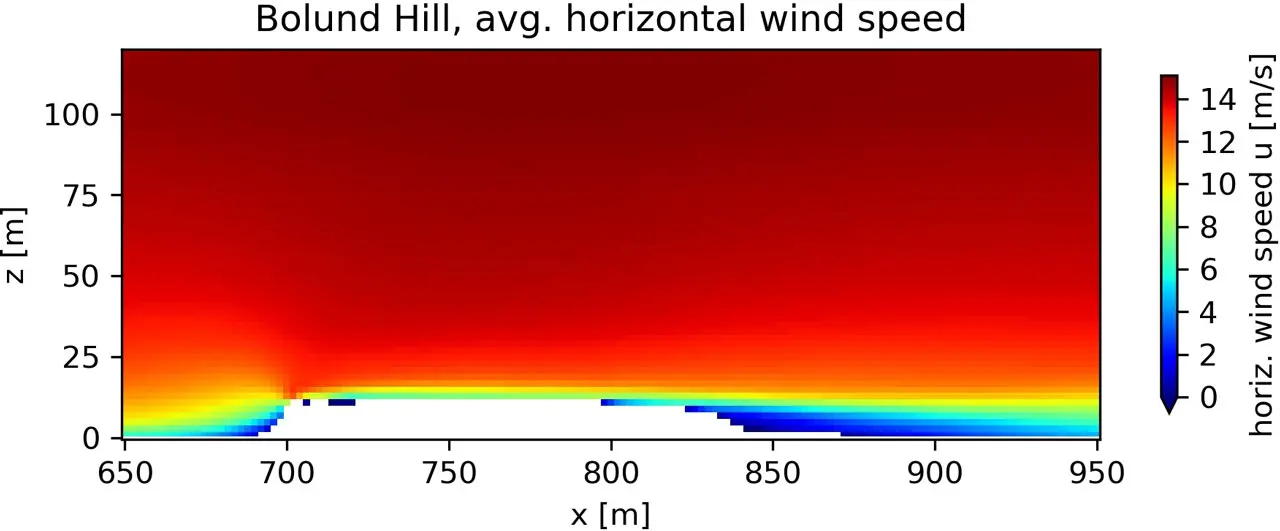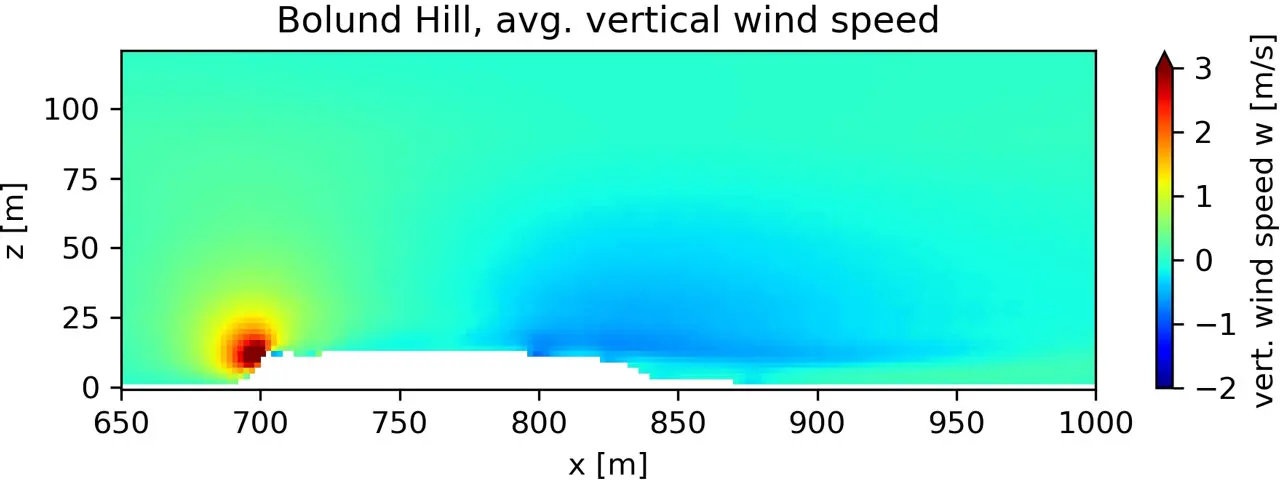Computing Cluster: Speedflyer
System Description
To run our numerical modeling tools and software, the Meteorology, Environment and Aviation group acquired and is maintaining a small, yet powerful computer cluster. The cluster consists of five nodes, whereby two pairs are identical. In 2018, the first two nodes were acquired, to which in 2020 and 2023 three more powerful nodes were added. The first pair of nodes from 2018 features each two Intel Xeon Platinum 8164 processors with a total of 52 CPU cores and 755 GB of RAM per node. All nodes share a common, parallelized BeeGFS file system and are connected via Rockport Network. Total storage is ~230TB. The newer pair of nodes that was added in 2020 each feature two AMD EPYC 7742 processors with a total of 128 cores and 1007 GB RAM per node. Finally, in 2023 a single node with 2 AMD EPYC 9474F processors with a total of 96 cores and 1470 GB was added. With this setup the cluster proves time after time to be a valuable tool for complex simulation tasks, with the ability to run our simulations around the clock.
The operating system is Rocky Linux and the work is managed via Slurm. The Environment Modules package allows an easy reconfiguration of the cluster to various use cases of our diverse user base. The Meteorology, Environment and Aviation group mainly performs CPU-demanding simulations with numerical weather models such as PALM and WRF. Other applications include memory-heavy Aircraft Collision Risk Modeling or general-purpose python usage, also remotely via Jupyter. A collaboration to enhance the GPU capabilities for machine learning and to generally exploit synergies is currently being planned.
Speedflyer Applications
PALM Modelling System:
The PALM Model System is a modern meteorological weather modelling system that is well suited for studies of the processes in the planetary boundary layer and for urban climate simulations. PALM is a large eddy simulation tool and is optimized to run on massive parallel computing architectures, allowing high resolution simulations. Unlike other numerical weather prediction models, PALM is based on a cartesian grid, permitting the representation of topography and buildings more accurately than the use of terrain-following pressure coordinates would allow. With its built-in radiation and land surface models and its capability for large scale forcing and grid nesting, terrain can be accurately parametrized; this permits simulations with very realistic boundary conditions and high resolutions in the areas of interest. With our speedflyer cluster, we can handle computationally heavy simulations in an appropriate timeframe.
At the Centre of Aviation, we apply PALM in practical scenarios and generate data for informed decision making and to gain insights into the intricacies of flows in complex terrain. This is especially relevant in Switzerland with its unique location and weather phenomenon induced by the Alps. On the one hand, PALM is a well-suited tool for aviation-related studies in Switzerland providing new insights in accident investigations, educational purposes for pilots, and numerous research opportunities. On the other hand, PALM is currently intensively used for urban climate simulation studies, allowing the resolution of cold airflows and micrometeorological features.
Further Information
Bolund Hill Experiment
Field campaign by the Technical University of Denmark (DTU) to generate a dataset for validating models of flow in complex terrain.
Bolund Hill Experiment
Field campaign by the Technical University of Denmark (DTU) to generate a dataset for validating models of flow in complex terrain.



